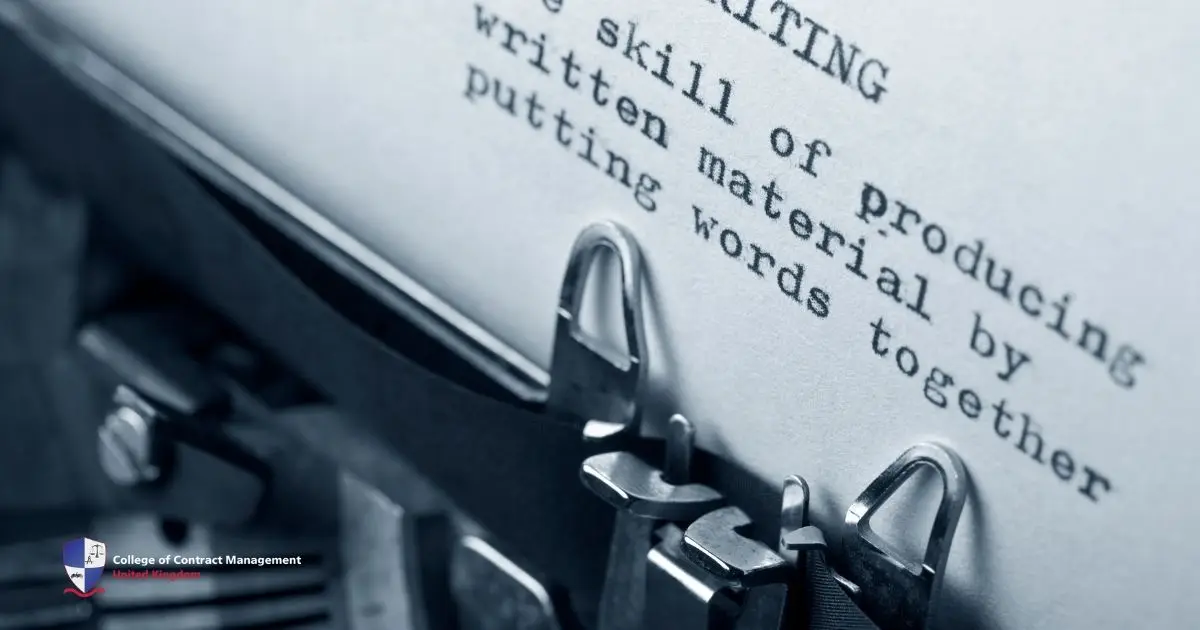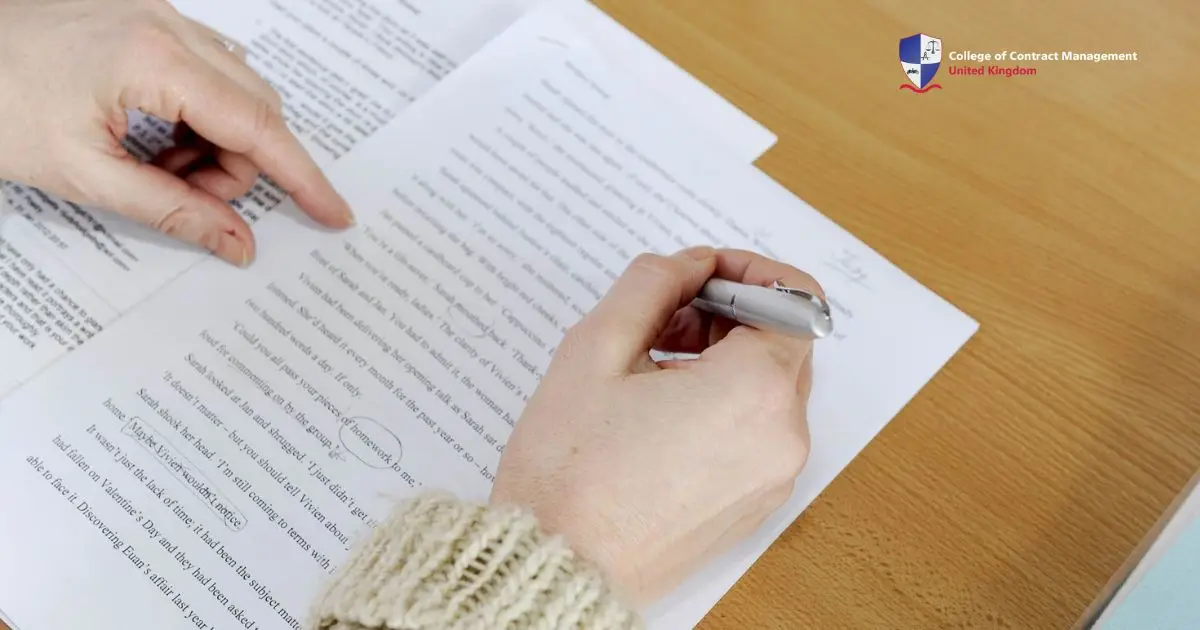If a writer’s head were split, chances are it would be full of scattered facts. And as a writer, you will work hardest to sort and match them all to convey certain messages. This is where mastering structure techniques becomes the key to making the readers understand your point of view.
Fiction or nonfiction, a well-organised piece of writing, can work magically for its readers. Not only will they catch your messages, but they may also take action or feel something depending on your intention. Stick around until the last sentence of this article to learn how to utilise structure techniques that will boost the quality of your writing.
What are structure techniques?
Structure techniques refer to the methods to bring forward ideas in logical and cohesive ways to make it easier for the readers to digest them. The strategies are useful for all writing types, from business communication to literature. Sometimes, it’s not always easy to put all ideas into a coherent piece of an article or email.
It can happen that you have too much information in your head about a specific topic. But it’s impossible to use them all. Perhaps the information conveys similar ideas, or not all of them support the given theme. For example, you wish to write about the dangers of smoking to human health.
You probably have details about the negative impacts. But, given the limited space, you need to delete or condense the details. To arrive at that skill, you will have to apply structure techniques that may vary from one writer to another. The big goal for this is to ensure the details really support the topic without wasting too much of the reader’s time.
Seven structure techniques to sell your words
Some say words are mightier than swords. However, what are the uses of words if they are not well put? Throughout time, writers around the world have kept inventing ways to keep their readers engaged with their stories. You will find a lot of versions about structure techniques that may confuse you.
Yet, in general, it can be concluded that at least seven structure techniques have become the top methods for all writers. It is sufficient to say the list below has been proven to assist many authors regardless of their genres. Check them out to prepare your writing career efficiently!
1. Flow
Writing flow is the first aspect of all writing types, from simple business emails to thick novels. Business emails are usually short; hence, the writers need to create supporting structures to keep all information delivered right away. In novels, the flow may seem slow or fast, depending on the authors’ intentions to keep the readers curious until the last pages.
2. Time transition
Flashbacks and flashforwards are two popular structure techniques in time shifting that offer one great benefit. Readers will keep reading more about stories that don’t tell all the details at once. For any writer, this method is very crucial because it determines whether or not their storytelling is fruitful. If more readers keep reading their articles, the writer’s way of storytelling will be spellbinding.
3. Repetition
One of the structural techniques deals with patterns. You will notice that all nonfiction writing creations have certain patterns that are usually apparent through repetitive words or phrases. Such repetitions don’t come without any goals. They hope to implant the ideas of the writers themselves into the readers’ minds for possibly long periods.
4. Openings and endings
For the nonfiction section, presenting strong openings is recommended. These structure techniques mean the writer gives the exact details as reflected in the titles of the articles. Don’t mislead the readers with irrelevant information or confuse them with disjointed details. As for the endings, make sentences that conclude the whole story without repeating the words.
5. Dialogue
Dialogue is one of the structural techniques that typically appear in fiction. It can serve as a good means to move the story forward. Dialogue offers a “refreshment” in the overall piece of writing. Instead of reading full texts, a dialogue can build a deep connection with the readers because they can “capture” the mood and tension of the characters better.
6. Focus
Nonfiction article types, such as news, must comply with general standards to maintain the focus. To maintain the focus of the narrative, creating an outline is necessary. For journalists, they apply the inverted pyramid structure techniques. The method means putting more important information in the first paragraphs, while the last ones contain lesser significance.
7. Bridging
In structure techniques, bridging words play such vital roles in tying one sentence to the next. Simple transition words, such as ‘however” and “in addition”, enable the readers to catch the flow of the ideas from the writers. Without these, attentive readers will find the piece lacks some connections.
Doable tips for implementing structure techniques effectively
The above methods seem a bit overwhelming if you leave them as theories. The strategies can look much clearer when you start putting them into exercises. Think structure techniques work as the ropes that will get you back on the right track.
This is because, as you write, it’s possible that abundant and irrelevant ideas will carry your mind too far. As a result, you will miss the whole focus, and the readers will notice that. The tips below work well for both fiction and nonfiction writers. They also provide great help for various writing purposes, including business activities.
- Create an outline: The best starter for applying structure techniques is to make an outline for your story, even if it is just one or two paragraphs. An ideal outline should consist of the introduction of the problem or topic, the explanation, and the ending or the resolution. Adjust the common outline that will fit into your writing task.
- Make a list of essential key points: Create a set of key points that you wish to express. The information can be in the form of words, phrases, or sentences. They should define the whole goal of the story. Then, think about how to distribute them all evenly. Each of the key points should ideally fill up every part of the article: beginning, middle, and ending.
- Insert the sources: To execute structure techniques well, add reliable data or information from external sources. This is mostly applicable to nonfiction articles. For fiction stories, you can study diverse details and then process them to make your characters come to life. Or, you can digest the information to enrich the plot of the story.
- Regular checking: Take brief intervals between paragraphs to check whether or not the ideas flow smoothly. Notice your writing to find a possible shortage of transition words that will connect the sentences better. This tactic is also useful to discover if you miss out on something essential regarding the key points. It can happen that you don’t put the key points in the right paragraphs as they should be.
- Memorable ending: Every writer wishes the readers would remember something from their stories in the short or long term. How to end well is one of the structure techniques that is quite difficult for some. To do that, you need to mix between concluding the story and leaving afterthought sentences that will “haunt” the readers. This can be in the form of open-ended questions for featured articles.
Polish your structure techniques with CCM
The College of Contract Management provides courses that especially meet the needs for efficient business writing. From resume to project documentation, the right structure techniques will deliver results as expected. The power of writing with these methods will shine brighter when properly used. Under the guidance of the experts, you will get insights into effective business writing.
And, of course, they will guide you in practising them all step by step. Writing issues will surely not be missed during the courses. You can consult them on the obstacles that hinder you from writing well. So, wait no more and join the programmes to reap the benefits now!





